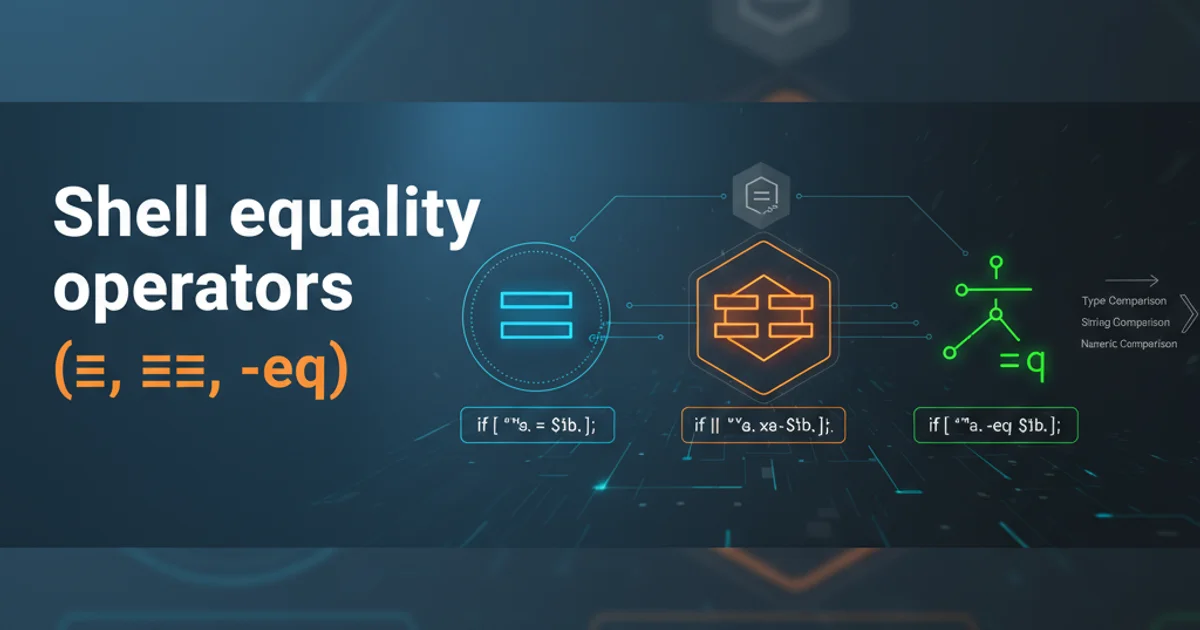Difference between Services and Services.Client layer?
Categories:
Understanding the Difference: WCF Services vs. Services.Client Layer

Explore the distinct roles of the WCF Services layer and the Services.Client layer in ASP.NET applications, and learn how they interact to build robust service-oriented architectures.
In the realm of service-oriented architecture (SOA) with ASP.NET and WCF (Windows Communication Foundation), understanding the separation of concerns between different layers is crucial for building maintainable and scalable applications. Two terms that often cause confusion are the 'Services' layer (referring to the actual WCF service implementation) and the 'Services.Client' layer (referring to the client-side proxy or wrapper for consuming those services). This article will demystify these layers, explain their individual responsibilities, and illustrate how they work together.
The WCF Services Layer: The Service Implementation
The 'Services' layer, often implemented as a separate project (e.g., MyApplication.Services), is where your actual WCF service contracts and their implementations reside. This layer defines the operations that your service exposes, the data contracts (DTOs) it uses, and the business logic required to fulfill those operations. It's the server-side component responsible for processing requests and returning responses. This layer is completely independent of how clients will consume it; it only focuses on providing a set of functionalities.
namespace MyApplication.Services
{
using System.ServiceModel;
using MyApplication.Services.DataContracts;
// Service Contract
[ServiceContract]
public interface IProductService
{
[OperationContract]
ProductDto GetProductById(int productId);
[OperationContract]
void AddProduct(ProductDto product);
}
// Service Implementation
public class ProductService : IProductService
{
public ProductDto GetProductById(int productId)
{
// Simulate data retrieval
if (productId == 1)
{
return new ProductDto { Id = 1, Name = "Laptop", Price = 1200.00m };
}
return null;
}
public void AddProduct(ProductDto product)
{
// Simulate saving product to database
System.Console.WriteLine($"Adding product: {product.Name}");
}
}
// Data Contract (DTO)
[DataContract]
public class ProductDto
{
[DataMember]
public int Id { get; set; }
[DataMember]
public string Name { get; set; }
[DataMember]
public decimal Price { get; set; }
}
}
Example of a WCF Service Contract and its implementation within the Services layer.
The Services.Client Layer: The Consumer's Gateway
The 'Services.Client' layer (e.g., MyApplication.Services.Client) is a client-side project that contains the proxy classes and configuration necessary for a client application (like an ASP.NET MVC application) to communicate with the WCF service. This layer is typically generated using tools like svcutil.exe or by adding a 'Service Reference' in Visual Studio. It provides a strongly-typed interface that mirrors the service contract, allowing client applications to call service operations as if they were local methods. The primary purpose of this layer is to abstract away the complexities of WCF communication (e.g., serialization, transport protocols, security) from the consuming application.
namespace MyApplication.Services.Client
{
using System.ServiceModel;
using MyApplication.Services.DataContracts; // Reusing DTOs from the service layer
// This code is typically auto-generated by 'Add Service Reference' or 'svcutil.exe'
// It creates a proxy class that implements the IProductService contract.
public partial class ProductServiceClient : ClientBase<IProductService>, IProductService
{
public ProductServiceClient() : base() { }
public ProductServiceClient(string endpointConfigurationName) : base(endpointConfigurationName) { }
public ProductServiceClient(System.ServiceModel.Channels.Binding binding, System.ServiceModel.EndpointAddress remoteAddress) : base(binding, remoteAddress) { }
public ProductDto GetProductById(int productId)
{
return base.Channel.GetProductById(productId);
}
public void AddProduct(ProductDto product)
{
base.Channel.AddProduct(product);
}
}
}
Simplified example of a WCF client proxy class in the Services.Client layer.
flowchart TD
A[Client Application (e.g., ASP.NET MVC)] --> B[Services.Client Layer (Proxy)]
B --> C[WCF Service Host]
C --> D[Services Layer (Service Implementation)]
D --> E[Database/Business Logic]
subgraph Client Side
A
B
end
subgraph Server Side
C
D
E
end
style A fill:#f9f,stroke:#333,stroke-width:2px
style B fill:#bbf,stroke:#333,stroke-width:2px
style C fill:#fcf,stroke:#333,stroke-width:2px
style D fill:#ccf,stroke:#333,stroke-width:2px
style E fill:#afa,stroke:#333,stroke-width:2pxInteraction flow between Client Application, Services.Client, and WCF Services layers.
Key Differences and Interaction
The fundamental difference lies in their roles: the 'Services' layer provides the service, while the 'Services.Client' layer consumes it. The 'Services' layer is deployed on the server and exposes endpoints, whereas the 'Services.Client' layer is part of the client application and facilitates communication with those endpoints.
When a client application needs to interact with the WCF service, it instantiates a proxy from the Services.Client layer. This proxy then handles the underlying communication, sending requests to the WCF service host and receiving responses. The service host, in turn, routes these requests to the appropriate service implementation in the Services layer, which executes the business logic and returns the result. The Services.Client layer then deserializes this result and presents it to the client application in a usable format.
Services and Services.Client layers. This ensures type compatibility and reduces code duplication, as seen in the examples where ProductDto is used by both.Why the Separation?
This architectural separation offers several benefits:
- Decoupling: The client application is decoupled from the service implementation details. Changes in the service's internal logic don't necessarily require changes in the client, as long as the service contract remains stable.
- Maintainability: Each layer has a clear responsibility, making the codebase easier to understand, maintain, and debug.
- Reusability: The
Services.Clientlayer can be reused across multiple client applications (e.g., an ASP.NET MVC web app, a WPF desktop app, or a mobile app) that need to consume the same WCF service. - Testability: Both the service implementation and the client-side consumption logic can be tested independently.
- Abstraction: The client doesn't need to know about WCF's complexities; it just calls methods on the proxy.
svcutil.exe and 'Add Service Reference' are common for generating the client proxy, for more complex scenarios or when you need fine-grained control, you might manually create the proxy or use a shared assembly containing the service contracts.